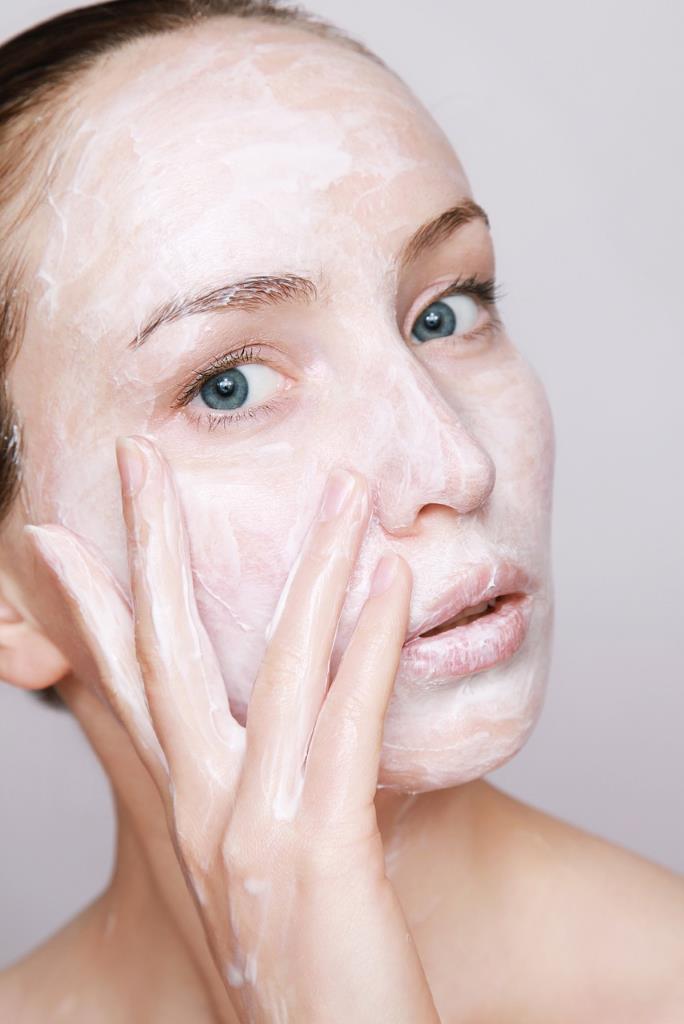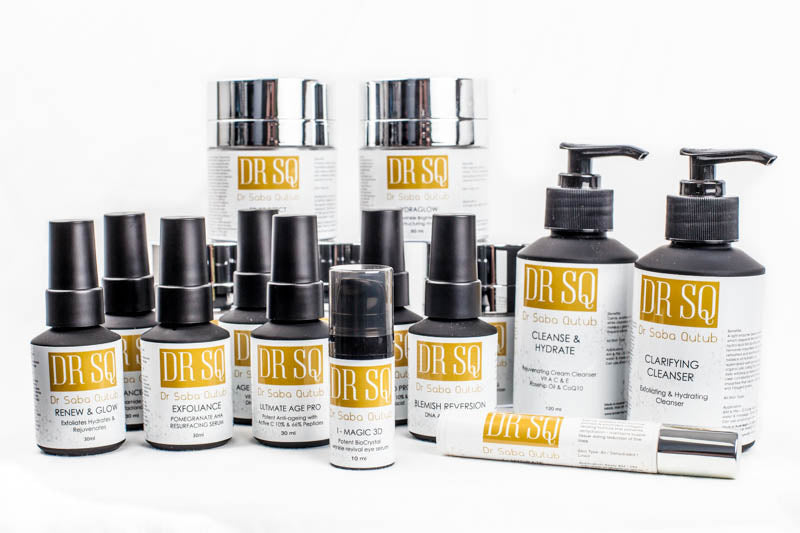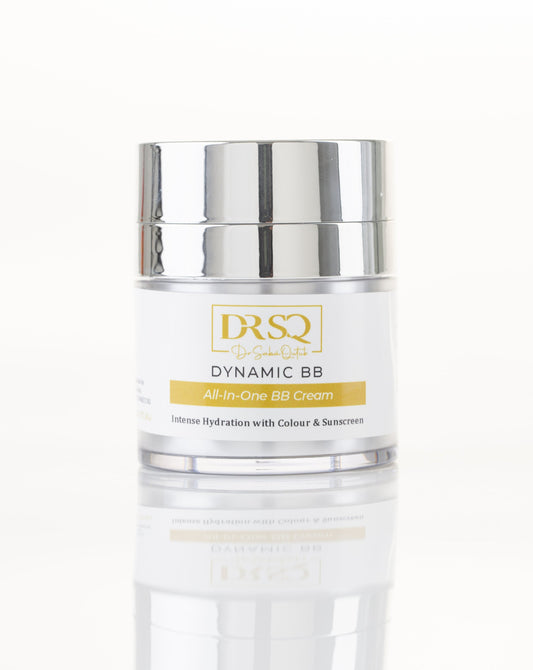Unlocking the Power of Retinaldehyde: Why It's Superior to Retinol

You must have been hearing about retinol over all these years for combating various skincare concerns, including post-acne hyperpigmentation and fine lines. It’s considered a reigning champion in the skincare industry by enthusiasts, and for ageing, it’s an antidote.
Now another ingredient from the same Retinoid family is making the headlines and taking all the limelight suddenly - retinaldehyde. There must be some underscore compelling reasons for its growing popularity over the star skincare ingredient, retinol.
Let’s explore the blog to understand the retinaldehyde and why it’s considered superior to its counterpart, retinol.
Introducing Retinaldehyde
Vitamin A derivates have a remarkable efficacy in fighting back stubborn ageing signs, including fine lines, wrinkles, and loose skin. Retinaldehyde, being a member of the family follows the legacy and contributes to giving you a radiant and smoothened complexion, and boosts the cell turnover within the skin.
Retinaldehyde or retinal is a recent one among topical retinoids. The ingredient works quickly as compared to its alternatives, and many skin experts and researchers believe it to be the only retinoid that fights against the damage caused by ultraviolet rays.
Benefits of Retinaldehyde
Retinaldehyde has to be converted into retinoic acid to benefit your skin in the following ways;

1. Stimulates collagen:
Retinaldehyde reaches deeper into the skin and boosts collagen production which further repairs the connective tissue and increases the elasticity, and that means - fewer fine lines and wrinkles. Proving one of the best anti-ageing ingredients for the skin, retinaldehyde targets crow’s feet and improves the skin’s texture without delivering any adverse side effects as compared to peels.
2. Increase the Cellular Turnover
As you age, the cellular turnover naturally decreases over time. The dead skin cells build up on the foremost layers of your skin, making your skin dull and uneven. Retinaldehyde may help you while increasing this cellular turnover within your skin and counteracting the early indicators of ageing and dullness.
3. Unclogs Pores
Retinaldehyde addresses the factors contributing to enlarged-sized pores. It behaves as a chemical exfoliant to help unclog pores, and that is why you can see retinaldehyde being used in various acne treatments.

4. Even the Skin Tone
Uneven pigmentation and uneven skin tone can be an issue, retinaldehyde is the ultimate solution for this concern. It works into deeper layers of your skin to brighten the tone and make it even throughout the area revealing a more youthful look. It is a result of a speedy cell turnover.
5. Shrinks Pores
Enlarged pores are an issue with oily-skinned people, but retinaldehyde has got their back. Excess oil clogs the pores and makes them appear larger, retinaldehyde minimises this phenomenon by controlling the sebum. However one needs to be highly consistent with their use of this ingredient to see the desired results as pore shrinking can never be an overnight process.
6. Combats Acne
Retinaldehyde has its expertise in regulating the oil production in your skin which is a major reason for your acne. If your acne is not very stubborn, retinaldehyde possesses the potential to do extraordinary feats. It’s highly beneficial in normalising the stages of acne, especially those early ones.
7. Hydrates
Retinaldehyde aka, retinal removes dead skin cells and can lead to more water retention capacity resulting in hydrated skin. It minimises transepidermal water loss which helps the skin maintain its moisture barrier. You will feel plumper and more luminous skin.
8. Improves Pigmentation
It can inhibit the production of excessive melanin in the skin and reduce pigmentation and dark spots. Retinaldehyde is also a well-known skincare ingredient in treating existing age spots and melasma and preventing the formation of new spots.
Retinaldehyde Over Retinol
Retinaldehyde and retinol are not poles apart in offering skincare benefits, but you may find a few notable differences between them. Opting for retinaldehyde in your skincare routine can bring about a significant difference in the manner your skin feels and looks.

- You may expect faster results with retinaldehyde as compared to retinol because its proximity to the active form of vitamin A is greater, and this closer resemblance lets conversion be more efficient allowing potentially quicker results.
- Retinol has lower potency and might be irritating to the skin, on the other hand, retinaldehyde is milder and can be an ideal option for people with sensitive skin.
- Acknowledged as being more potent than retinol, retinaldehyde remains a gentler option in contrast to prescription-grade retinoids, including tretinoin.
- Dermatologists believe that retinaldehyde is a more stable form of retinol. When you subject both these ingredients to air and light, retinol deteriorates faster while retinaldehyde is more likely to sustain its effectiveness for an extended period.
- In order to become an active form of vitamin A, retinol requires two conversion steps while retinaldehyde is closer to retinoic acid and, hence needs only a single step to get converted.
Choosing the Right Product Thoughtfully
If you have chosen to use retinaldehyde over retinol in your skincare regimen, you have done astute decision-making. But the decision alone is not the inception, it’s just the beginning. How to choose the appropriate retinaldehyde product? From concentration to formulations, you must pay attention to detail.
-
Skin Type: Above everything, you must start by considering your skin type, whether it is oily, dry, or a combination. The formula may differ for particular skin types.
-
Concentration: Know your sensitivity level and go for the right concentration to avoid irritation. More amount of retinaldehyde can initially cause skin irritation, so start low and build it up as your skin gets used to higher strengths.
-
Additional Ingredients: Check the formula and know which other ingredients are combined in the product. Your skin may not respond well to those additional skincare ingredients. You must check prior.
-
Formulation: The formulation is not simply the texture but it says a lot about your skin preferences. Retinaldehyde is found in various formulations, including serums, lotions, creams, gels, etc. Choose accordingly.
- Brand Prestige: Expensive doesn't guarantee great results while cheap doesn’t come with quality assurance. Brand reputation matters. Pay attention to where you are paying and whom you are trusting for your skin. A little research would work.
DRSQ’s Retinaldehyde-containing Products List
DRSQ uses retinaldehyde in place of retinol to save your skin from potential skin irritation. Let’s have a look at a few of the highly popular products that you might need.
-
Advanced Vitamin A Serum: This Advanced Vitamin A serum is infused with 1% retinaldehyde and is the highest strength Retinaldehyde in the DRSQ range. The serum also contains vitamins B and C with peptides to firm your skin by penetrating the deeper layers, enhancing collagen production, reducing overall ageing, and rebuilding damaged structural fibres.
-
Miracle Pro Vitamin Serum: This is a level 2 potent multipurpose vitamin A serum containing 0.5% retinaldehyde. The serum has 3% niacinamide, vitamin C, DNA peptides, and antioxidants to help with acne and rosacea. It further boosts the skin's immunity, minimises hyperpigmentation, and restores the elasticity of the skin to give a radiant glow.
-
Starter Vitamin A Serum: This vitamin A level 1 serum is suffused with 0.25% retinaldehyde, vitamin B, C, and active peptides. If it’s your first time with retinaldehyde, then this serum can be your go-to. From benefiting dermatitis-prone, acne and rosacea-inflamed skins, this product can reduce congestion.
- Acne Clear Serum: This anti-acne serum has 0.5% retinaldehyde to target your blemishes, hyperpigmentation, and excessive oil production on your skin. It clears and calms works as an anti-bacterial and anti-inflammatory, evens out the skin tone, and plumps scar tissue and fine lines.
A Few Tips to Consider to Incorporate Retinaldehyde into Your Skincare Regimen
You should never go random while introducing or incorporating retinaldehyde into your routine. Stay safe with some tips that are highly recommended by experts to maximise effort.
-
Initiate with Caution: You should do a patch test first before using the retinaldehyde. It may or may not suit your skin, be more irritating, or inflame your skin. Always be cautious.
-
Don’t Rush: Whether you just got introduced to retinaldehyde or it is your first time, going slow is the key. Don’t use the ingredient every night to start with. The ideal use would be applying two to three times per week.
-
Less is More: Use a tiny quantity of the retinaldehyde-containing product and apply it evenly on the skin rather than using too much.
-
Check How Your Skin Responds: Don’t keep using it blindly rather notice your skin’s behaviour and improvement after start applying retinaldehyde.
- Don’t Anticipate Instant Changes: Do not expect to see significant changes overnight. The product demands consistency and patience. It may require you to offer a long-term commitment to see the positive changes to your skin.
Conclusion
Retinaldehyde is an illustrious ingredient that is trying to supplant retinol due to its more beneficial nature and fewer side effects. It’s proven to be a more advanced form of vitamin A and requires only a solitary step to become active. At the same time, no one can deny the laudable benefits of retinol when used appropriately and in the right circumstances.



